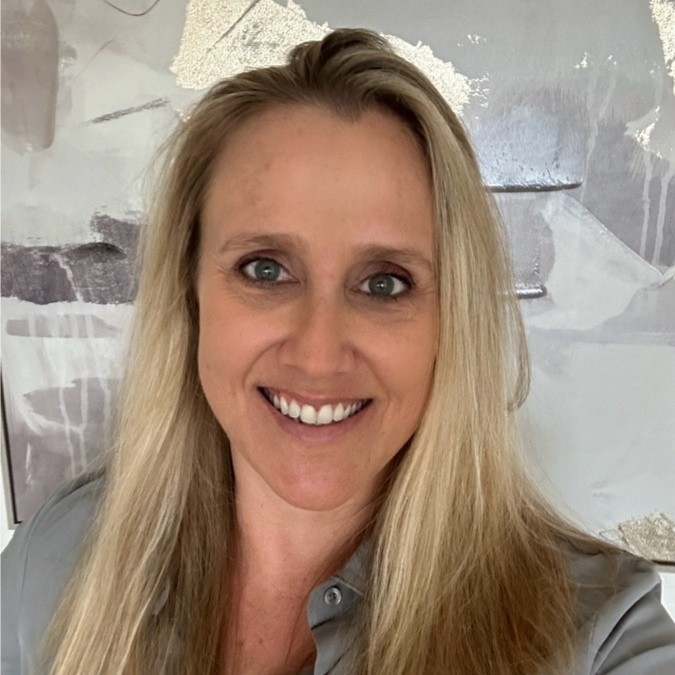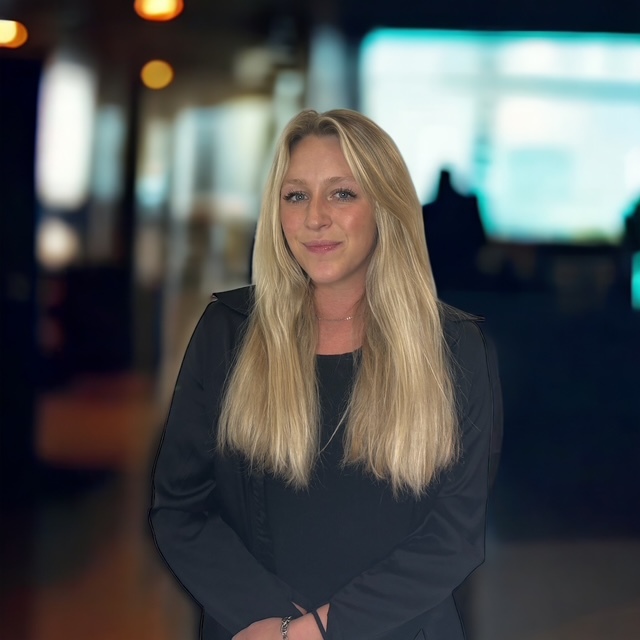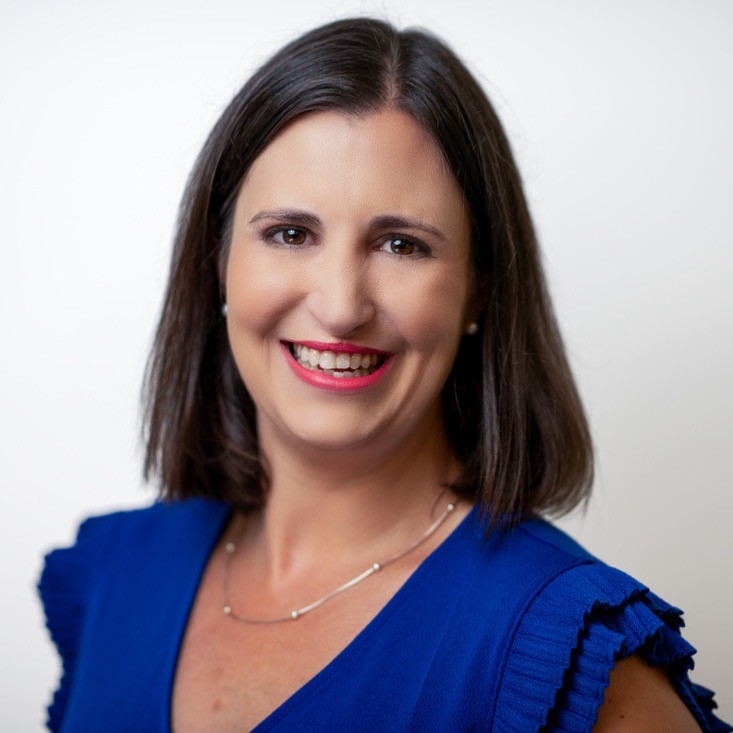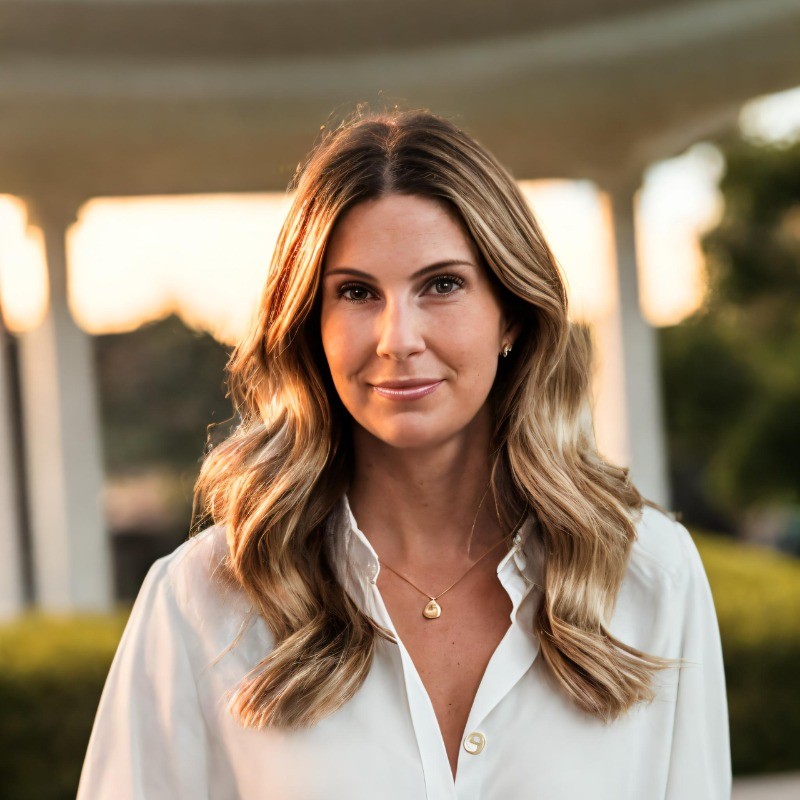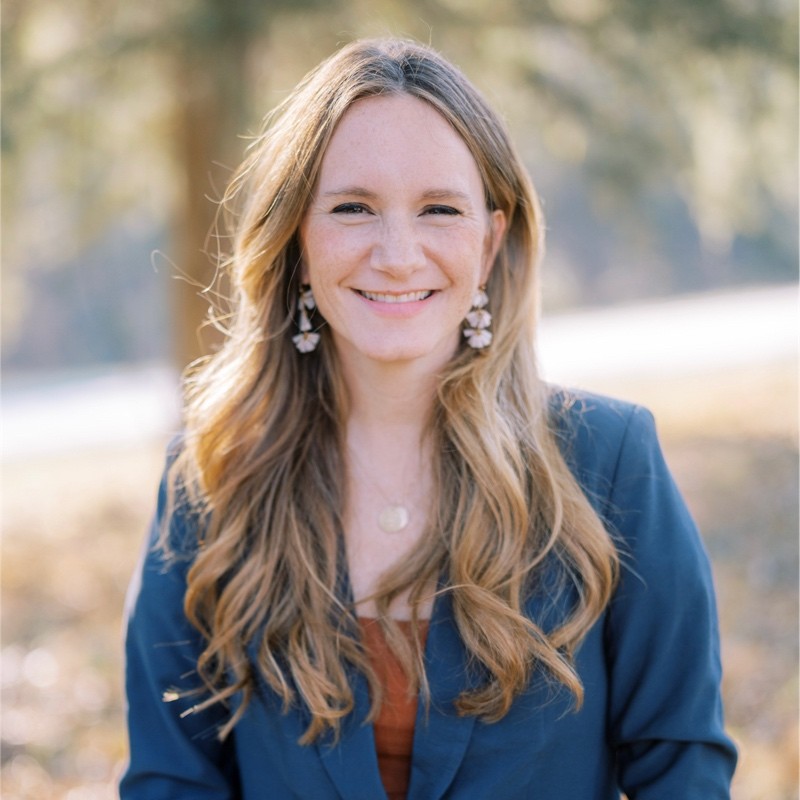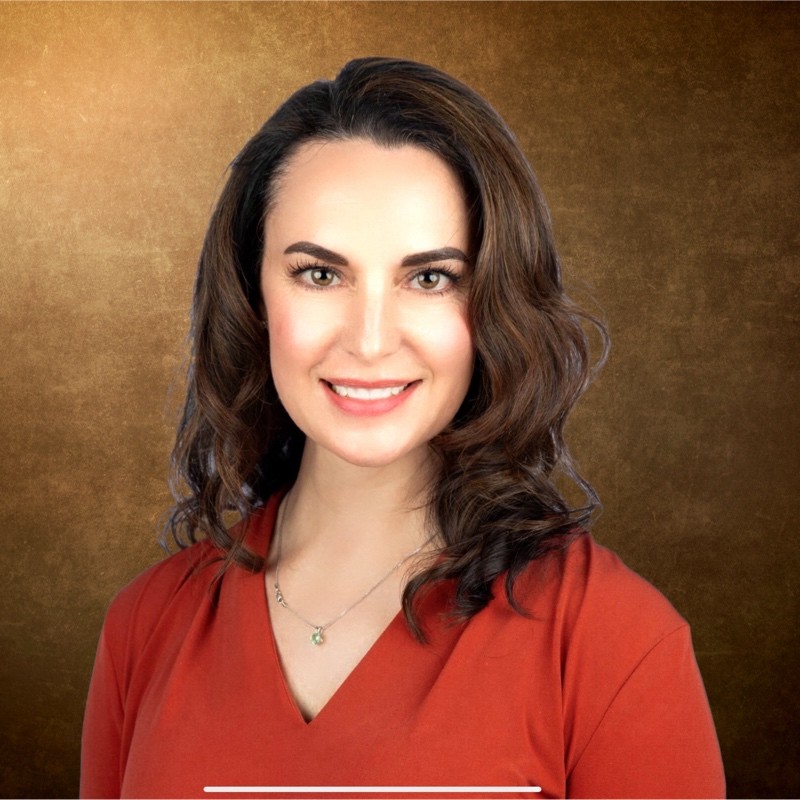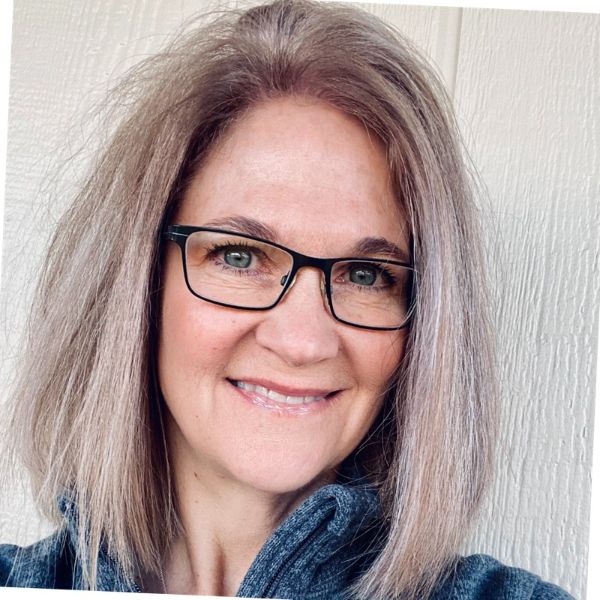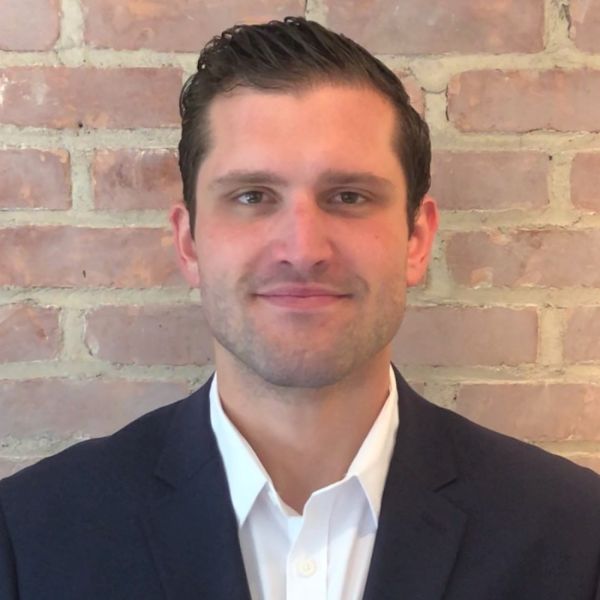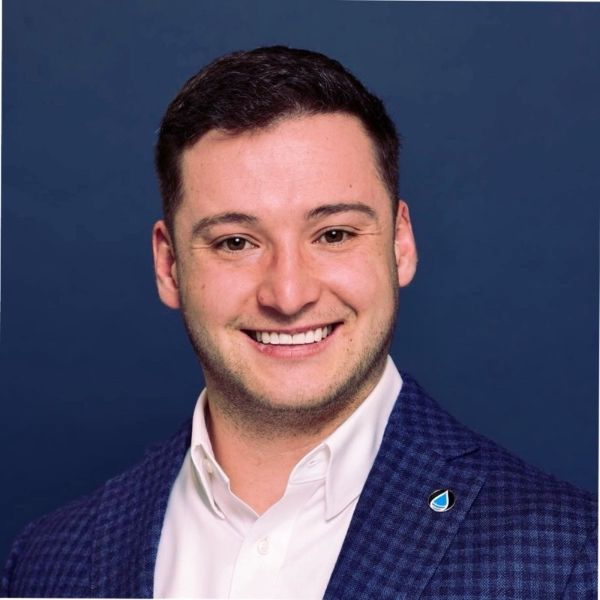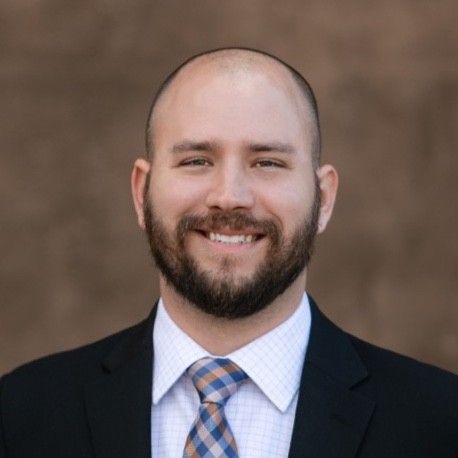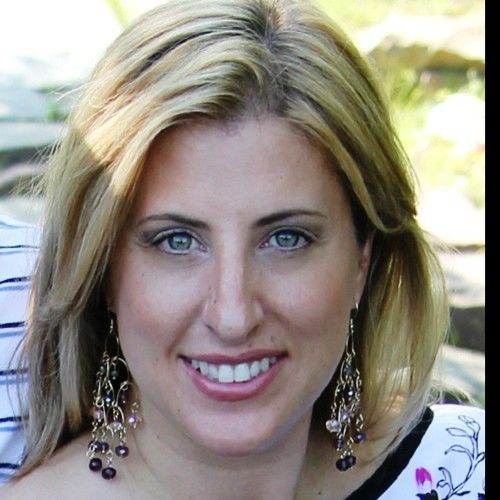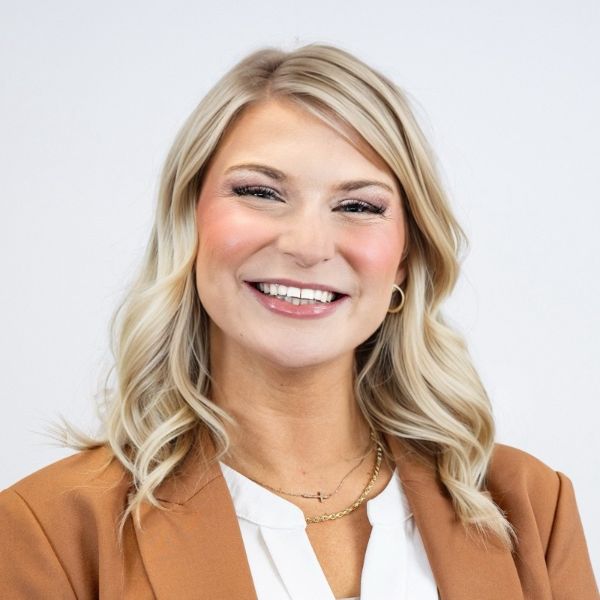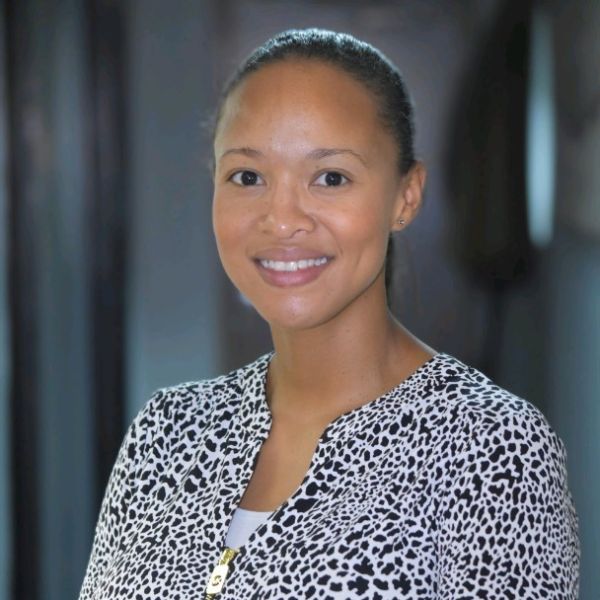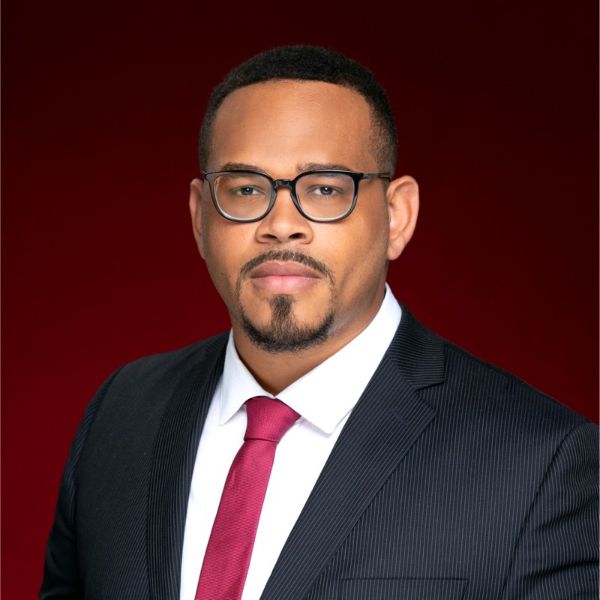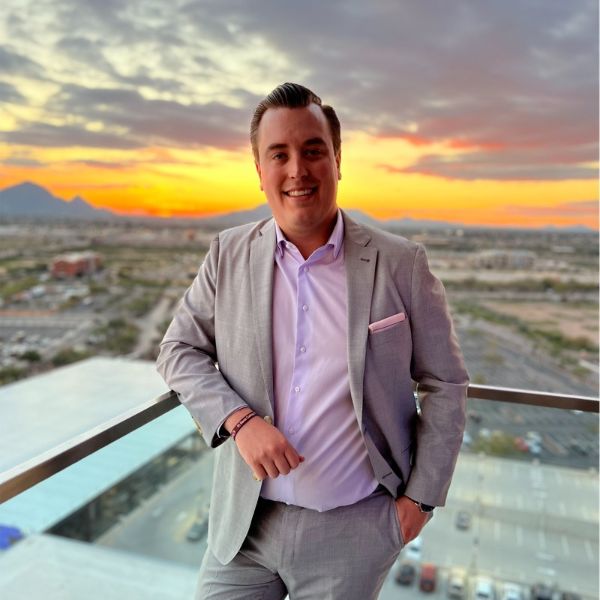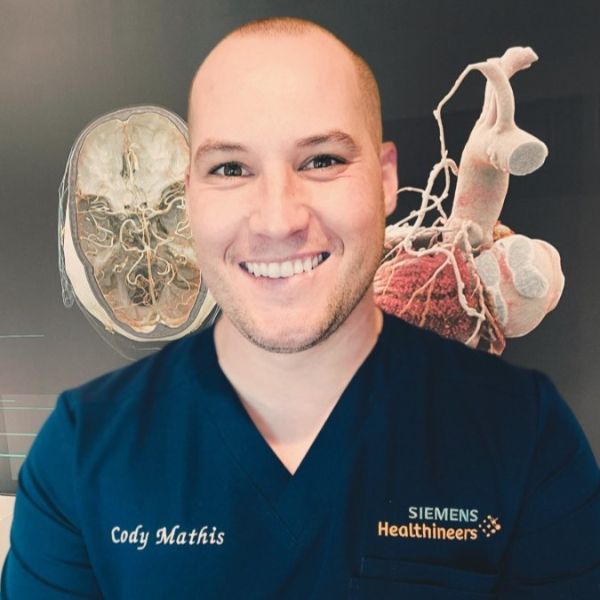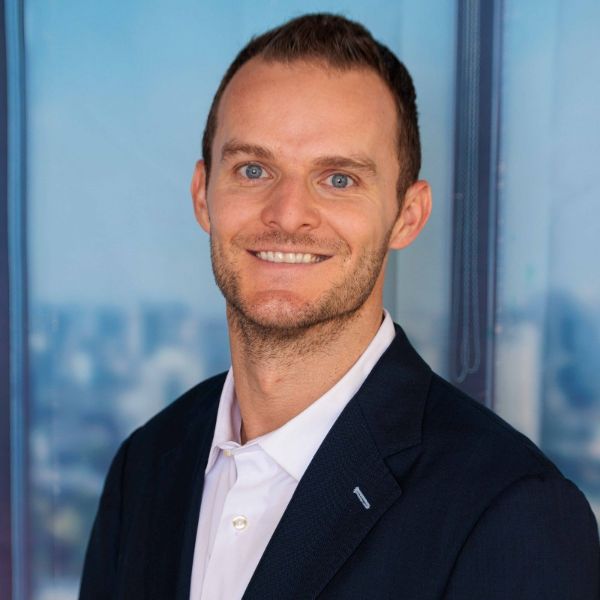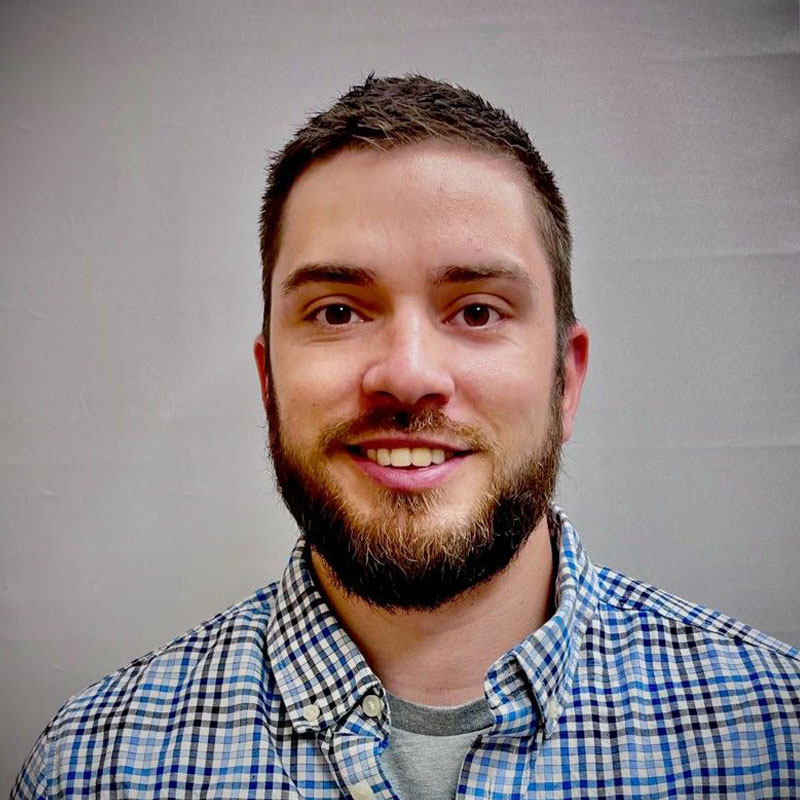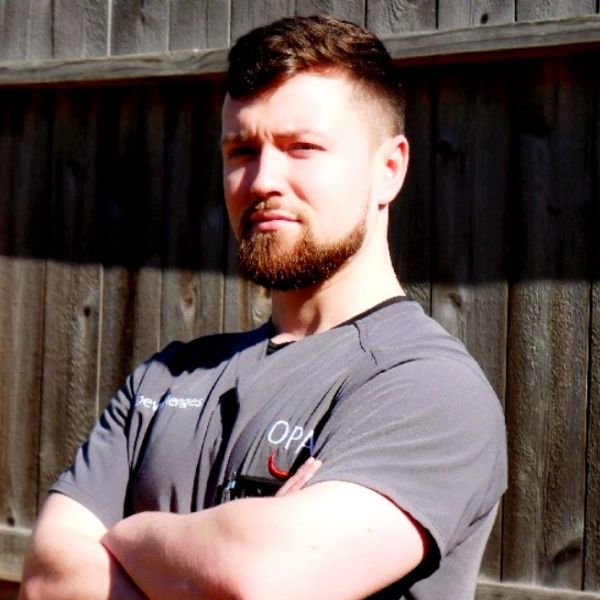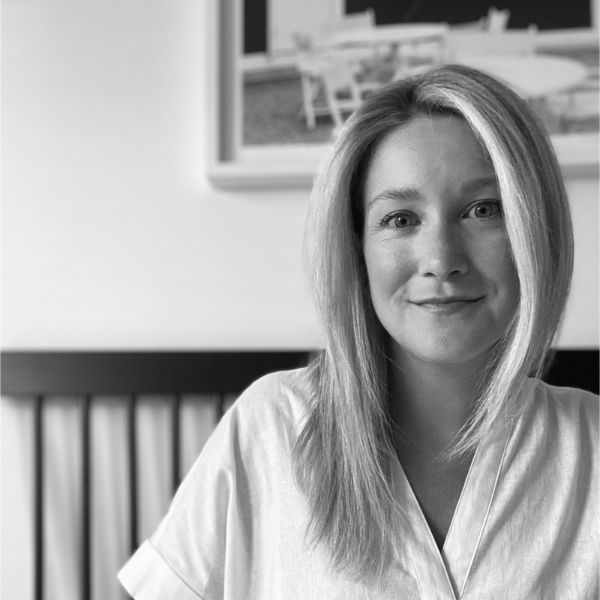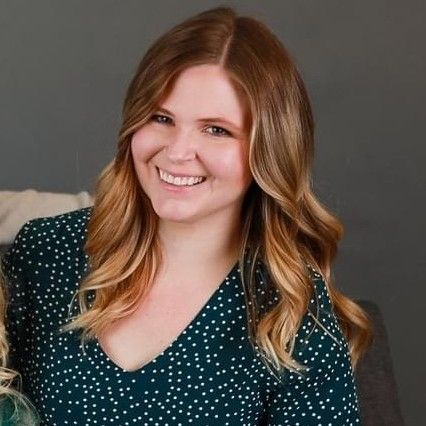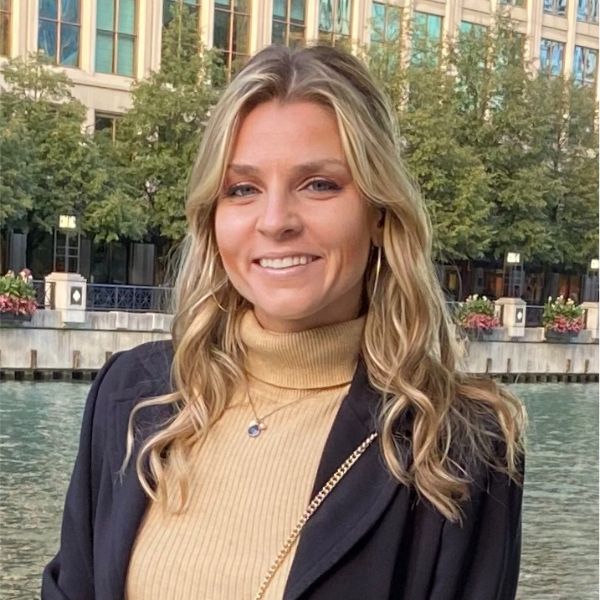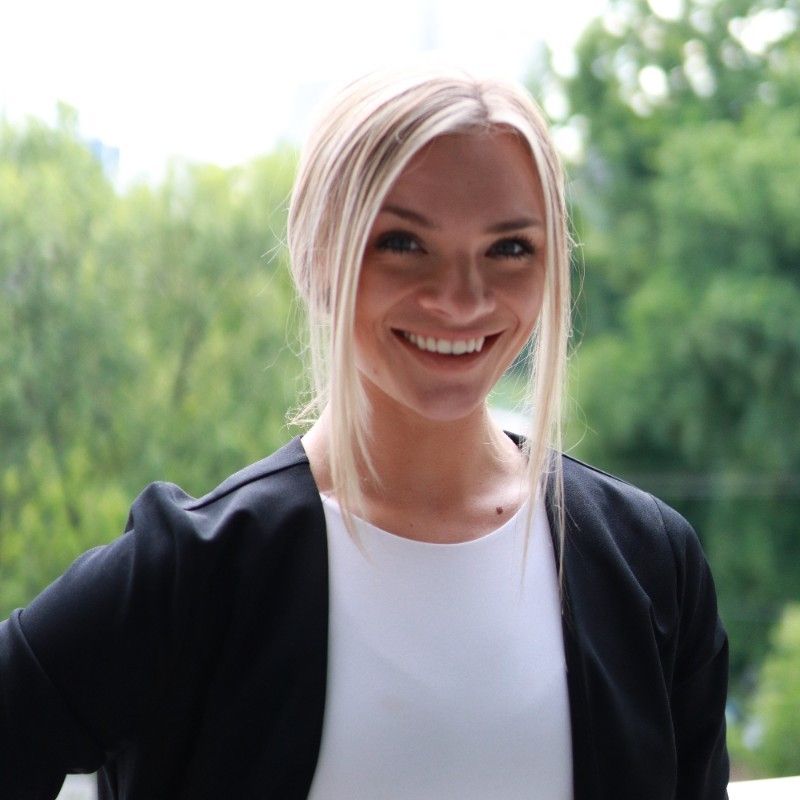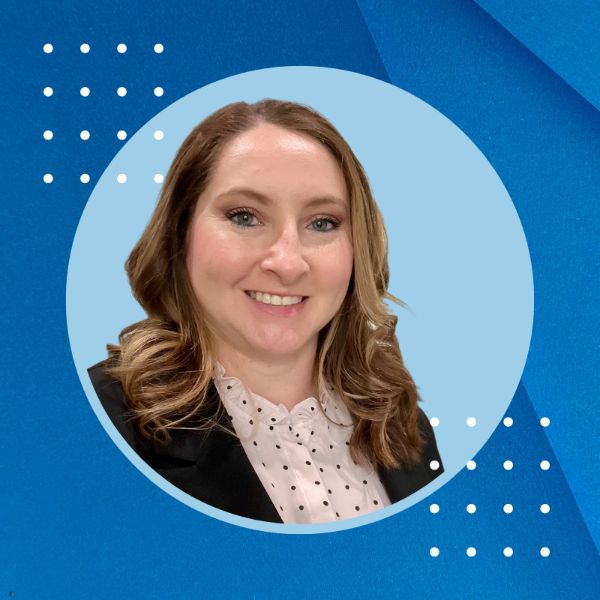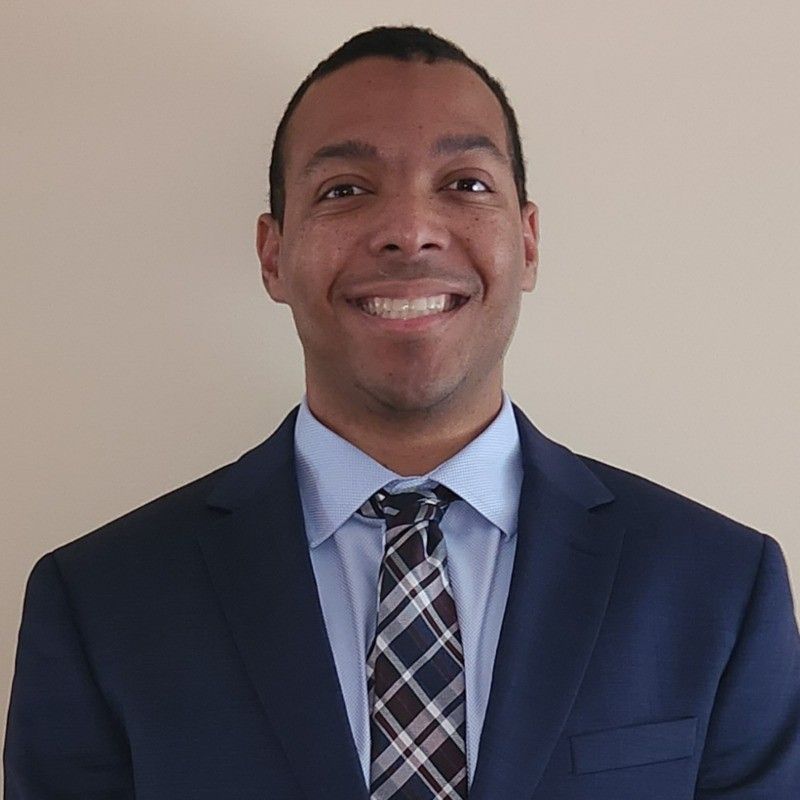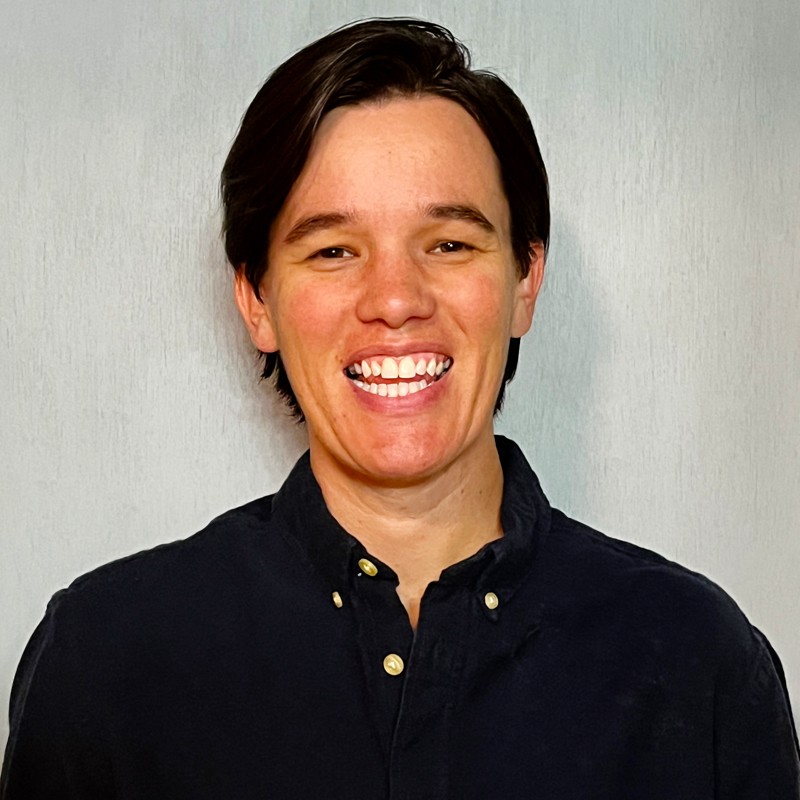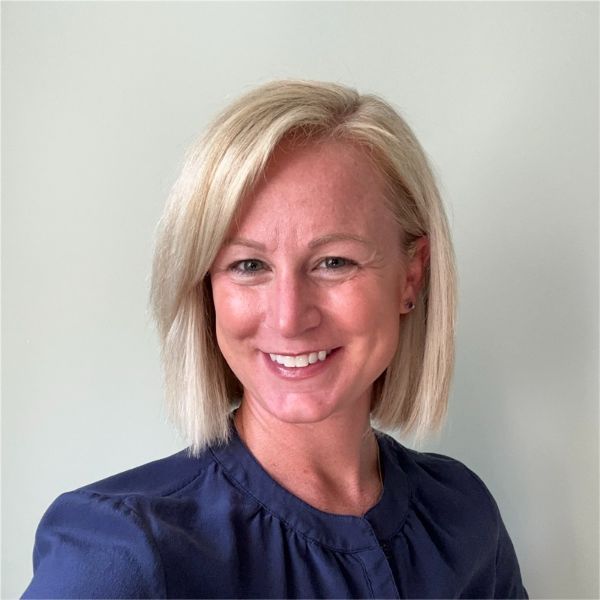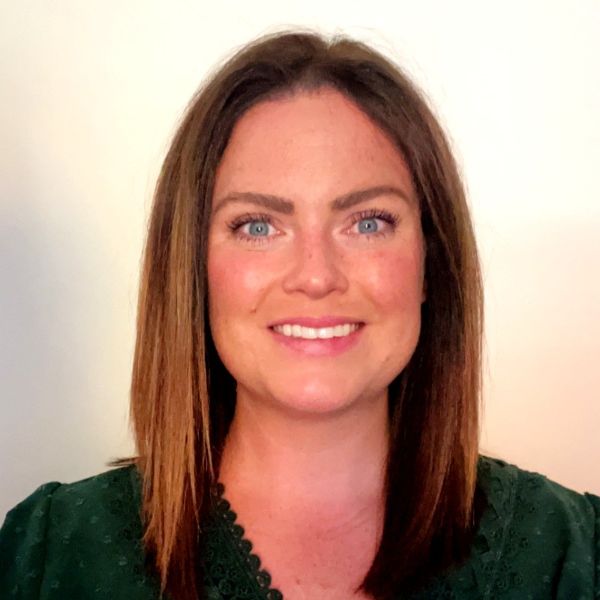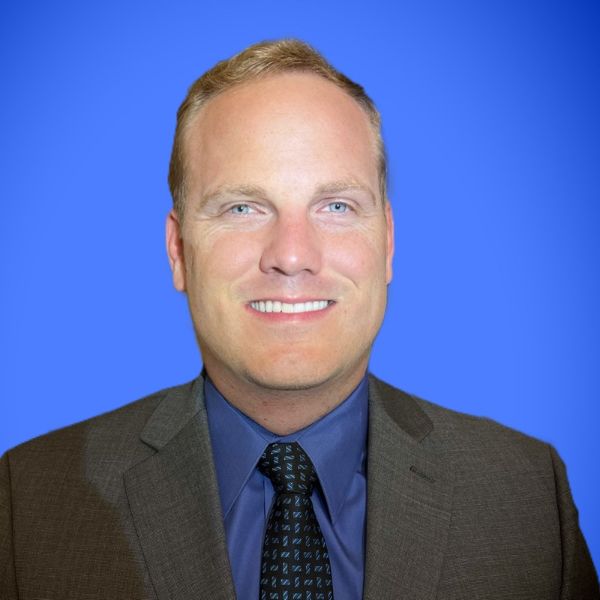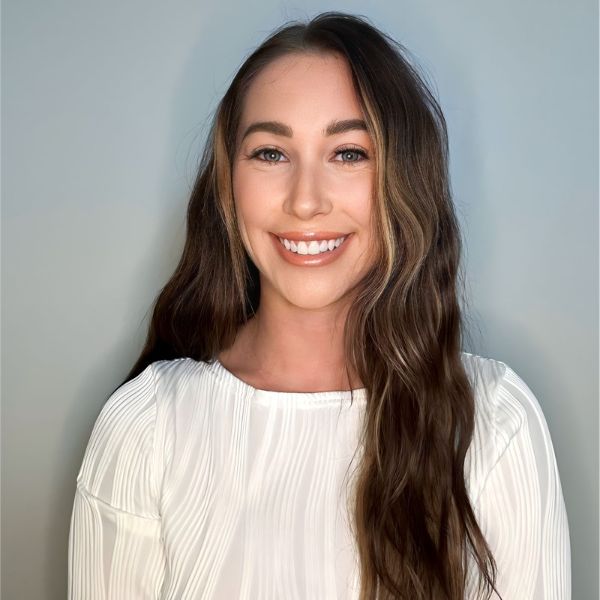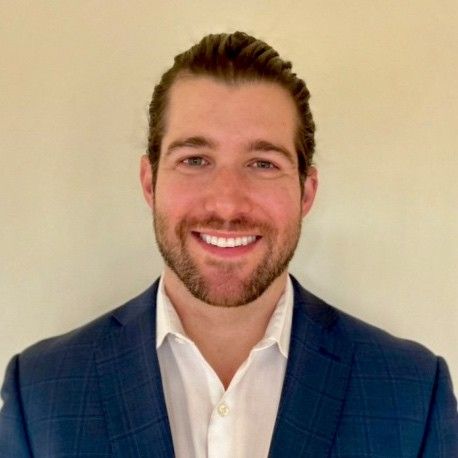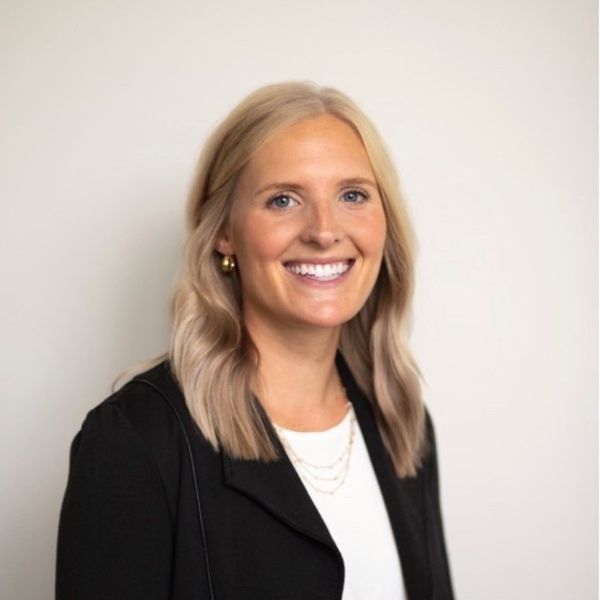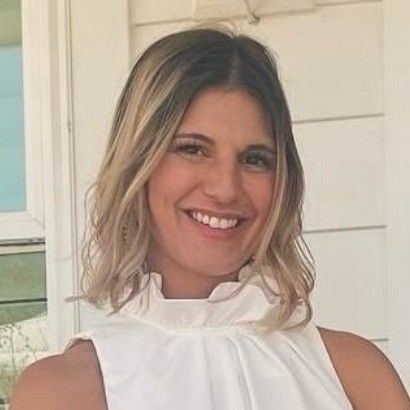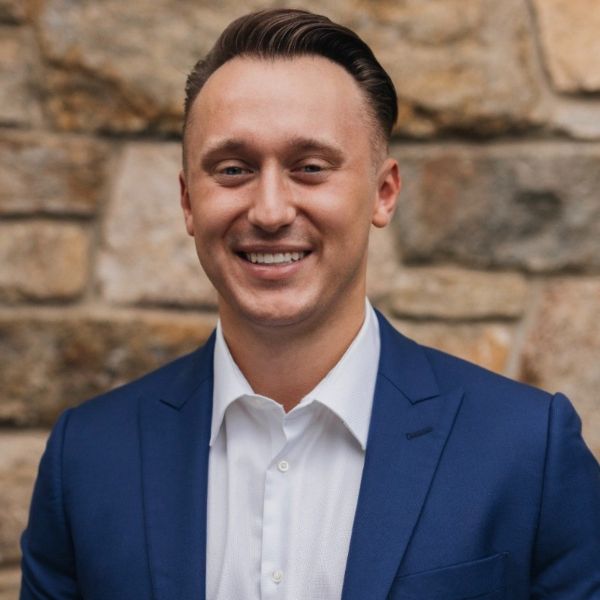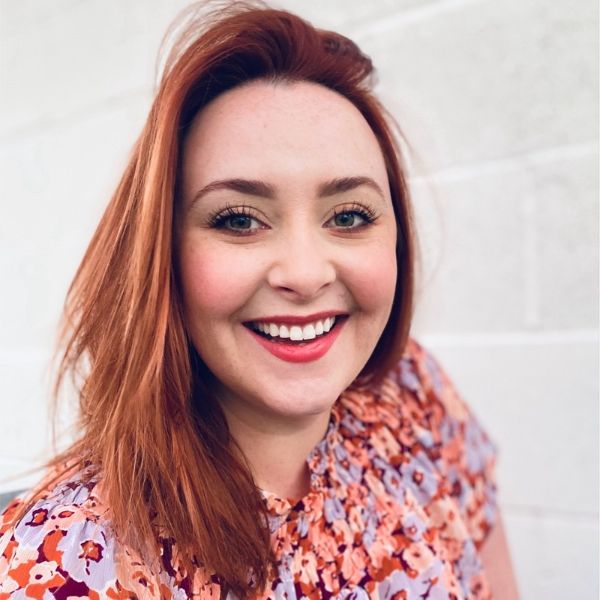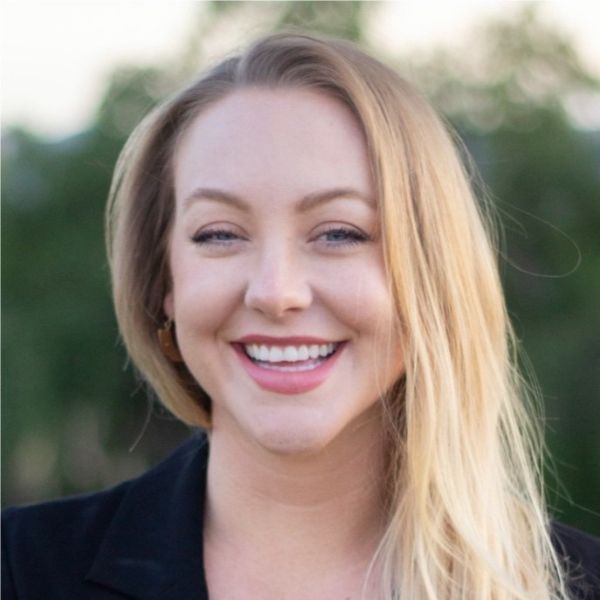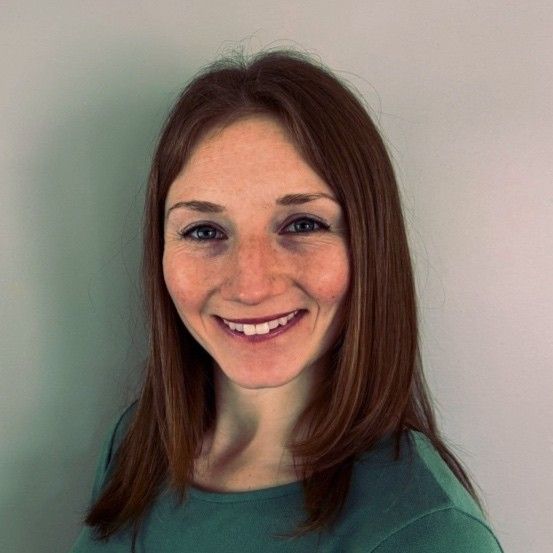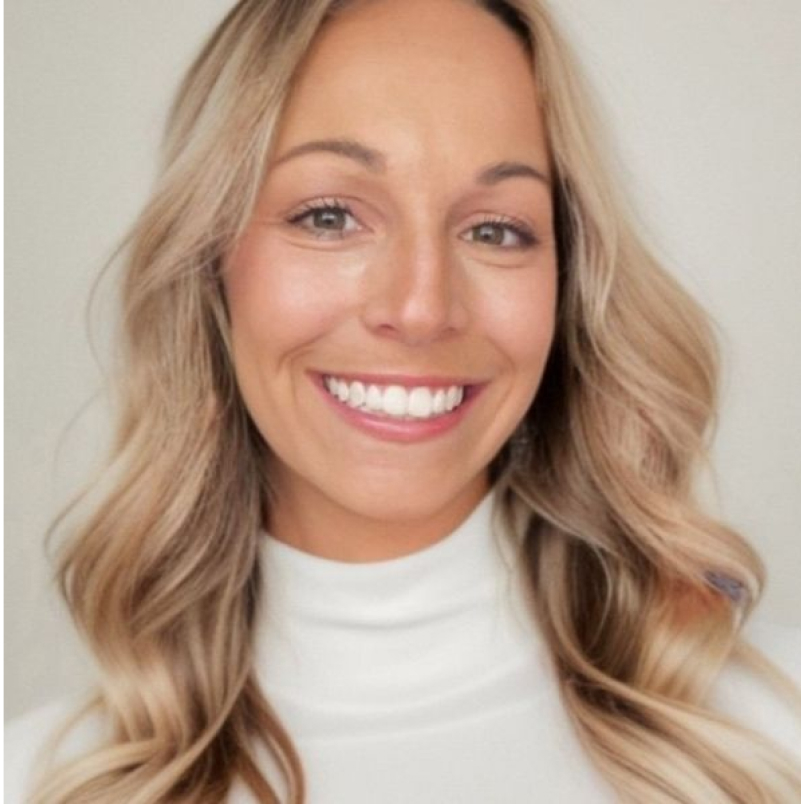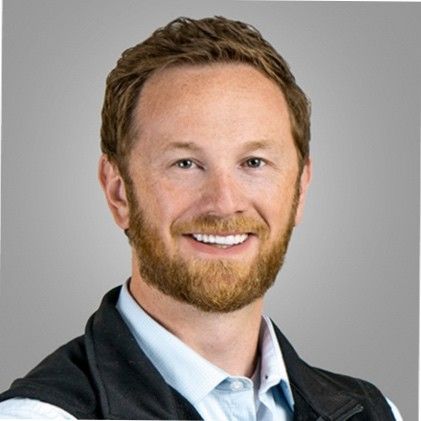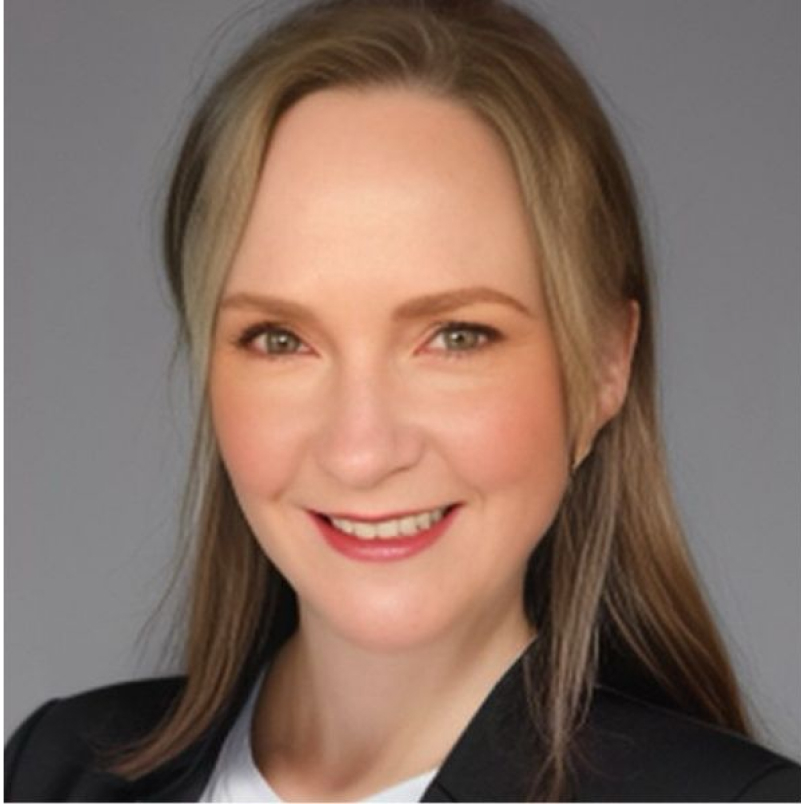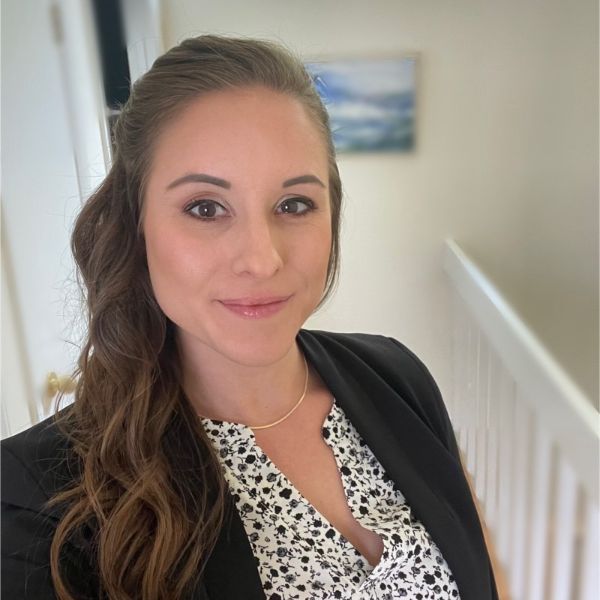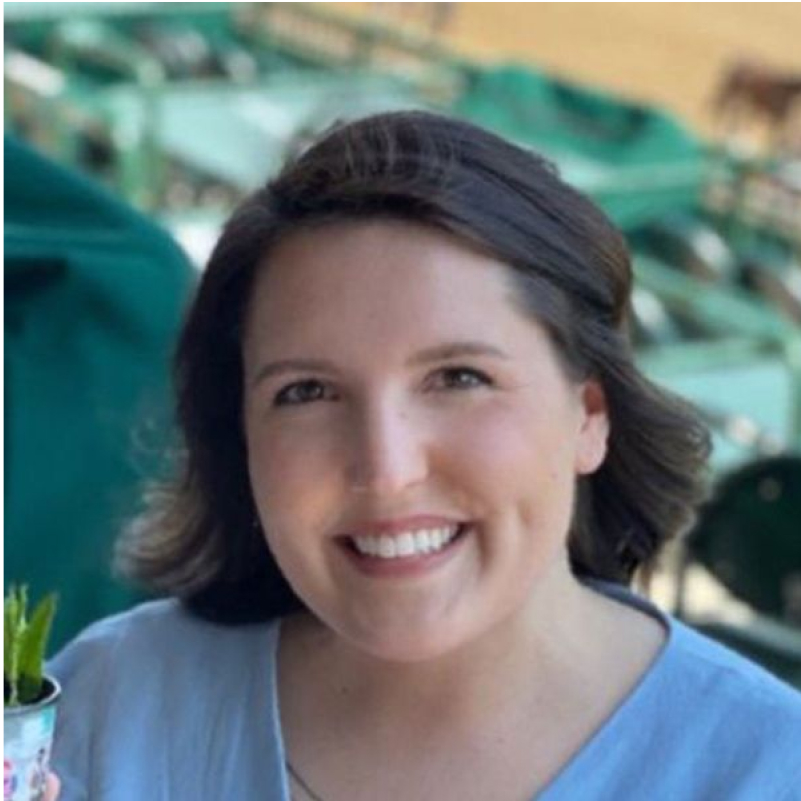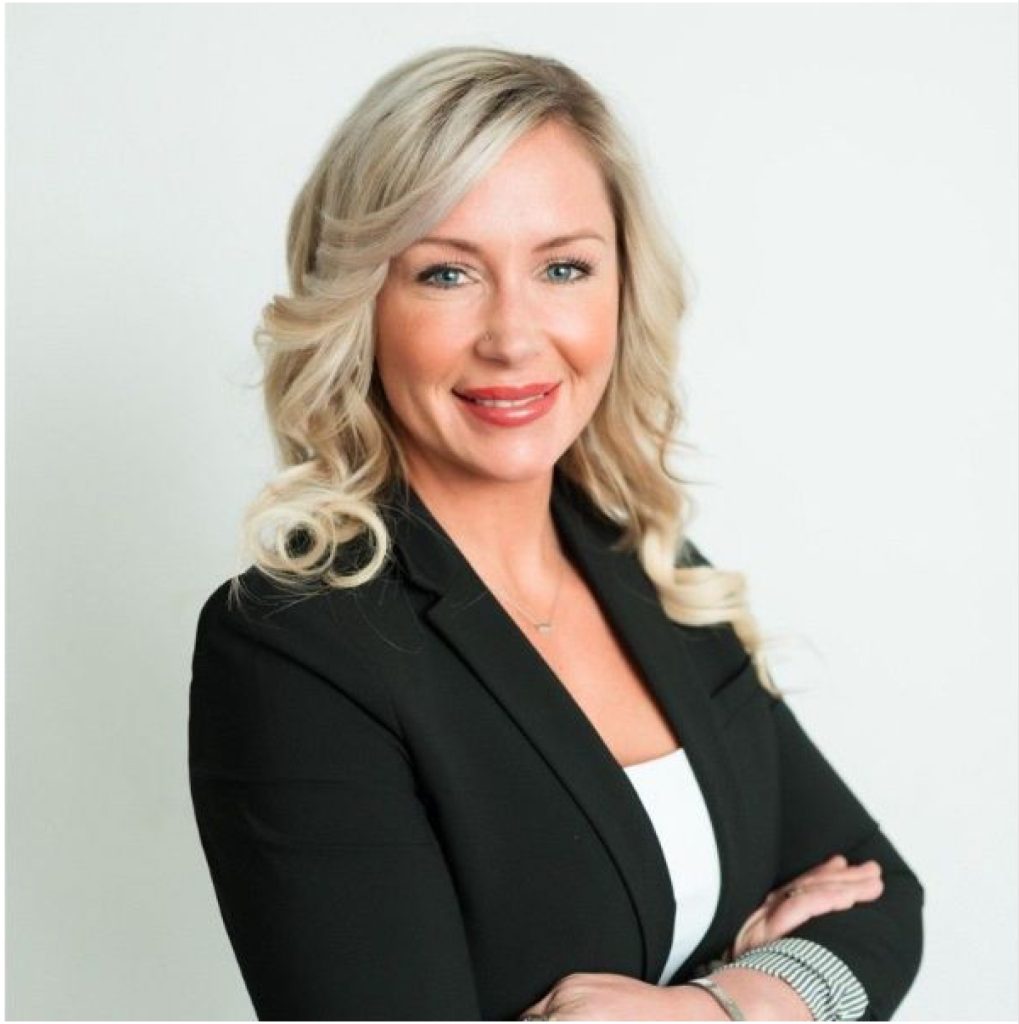Mark Copeland joins Samuel Adeyinka to share his medical sales experience in sterile processing and infection prevention. He explains how selling a suite of products in this space allows operating rooms to solve problems efficiently, make their work easier, and even uncover issues they do not know they already have. Mark discusses the role of value analysis in improving their products and services, allowing them to properly address the ever-changing and specific needs of patients. He also talks about partnering with small businesses and how they are leading the competition in this particular space.
The CE experience for this Podcast is powered by CMEfy – click here to reflect and earn credits: https://earnc.me/LLzCck
—
Watch the episode here
Listen to the podcast here
Medical Sales In Sterile Processing And Infection Prevention With Mark Copeland
We have with us another special guest and he goes by the name of Mark Copeland. Mark Copeland has an experience in medical device sales with 18 years in the game and 27 in healthcare. He has experience navigating GPOs, Federal contracts, and big-box distributors. Some of his notable achievements were selling the first 7D Navigation and One Tray sterilization system and the first provisional script to over 300 physicians.
He loves working with small medical device companies that want to be big and he succeeds in around the operating room and surgery centers. He brings new products that solve healthcare problems. This is one of those episodes that can inspire you because it’s someone who started right where you are, whether you’re trying to get in or you just got in and navigated his way into a position where he gets to call the shots, make big moves and solve big problems. As always, we do our best to bring you guests who are doing things differently in the medical sales space and I do hope you enjoy this interview.
—
Mark, how are we doing?
We’re doing very well.
Why don’t you tell everybody who you are and what you do?
My name is Mark Copeland. I work for a medical company. We are a distributor of medical devices into and around perioperative services. That usually includes or is made up of the operating room, sterile processing, and infection prevention adjacent to that, but mostly operating room and sterile processing.
Walk us through what that looks like as far as the services or products you are part of selling. Give us a clear example of what it looks like when your company is involved.
I’ll give you an example that I went through. We have a unit that sells spine implants. We have a business unit that sells directly into sterile processing. With the products that we sell, we focus on problems that the OR and sterile processing are facing right now, then we go look for solutions to them. I’ll give you an example. In one hospital, I talked about a little disposable product that surgeons love and sterile processing is begging them to switch to because it makes their job much easier.
The surgeons love it because it makes their case go faster and infection prevention loves it. The company ten years ago would have said, “I’m going to go see Dr. Samuel, the Head of Spine.” If he likes it, he gets what he wants. That’s not the world we live in. Now, I go and sell it to each different stakeholder and they’re always like, “As long as that other group gets it or likes it.” I’m like, “I talked to them already. They like it.” It’s account selling. That asteroid has hit to a certain extent and struck and the dinosaurs are dying.
If you try to go to the busiest spine surgeon, cardiothoracic surgeon, and directors of departments, they still need buy-in from all the other stakeholders in ways they did 5 and 10 years ago. I’m selling a disposable that a surgeon loves and sterile processing loves as well because it takes work off their plate. I was showing a set of instruments that spine surgeons use that they like and so do sterile processing and infection prevention, but you can’t ignore any of them. In the meantime, we have a product that helps the OR keep moving so they don’t have to laze in cases with holes and wrappers. Again, sterile processing loves it because it makes their job easier. You’ll have some people say, “That’s an OR product or it’s a sterile processing product. It’s an infection prevention product.”
Here’s the news flash, everybody has to buy into that. It’s not driven by one person. There’s not one decision-making person. Everybody has to come together on these decisions. We look for things that affect all of them. The other thing we sold was education software for sterile processing that helps their staff get up-to-date fast because they can’t keep up with their busy ORs. They’re all tight at the hip, so we look for things that solve problems that we know all of them are facing. There aren’t millions of them, but they’re out there. When you find them, they’re fascinating. People want and need them but you have to work it through the value analysis process. That’s the other part of it.
We’re going to get into that but to catch what you just mentioned. Is it typically then you’re always selling a suite of products when you’re making sales or are there a lot of still individual services being sold to your different customers?
We have a weird bag of products. If I put them in front of you on a table, you go, “I’m not sure I understand how they all work together,” and I would say, “Right, but what they do is they make the OR safer, faster, better, and smarter.” The thing that ties them all together is the problem that they help solve because these problems in operating rooms that we interact with and sterile processing departments and perioperative services face are so complex. You can’t just have one thing.
[bctt tweet=”With the right suite of medical equipment, operating rooms can find proper solutions for their problems in sterile processing and infection prevention.” via=”no”]
There’s not one thing that we come in with, “There’s this new software and it solves everything.” There’s nothing that does it. There are all sorts of different things. They have to attack these things in multiple ways, whether it’s taking a set of instruments or a total knee from seven sets of instruments down to three, and it makes the OR and sterile processing happy. It also makes the finance happy because it saves them $200. That’s how you get to sell these days. The similarity of all those products that I put on the table is that they do that. You have to be a broad-based salesperson. You can’t just live on, “I know this product inside out and I’m going to go nail with this hammer every single day.” That’s not what we do.
I have two questions about that. Number one, the problems the other services and products address when you’re talking about this suite of products, are they problems that they know they have or are you helping them uncover problems they didn’t know they have?
It’s like the difference between latent and pain. Most of the time, they know they have problems. They don’t know how to attack it. It’s almost so overwhelming that they don’t know where to start. We spend time saying to people, “It’s overwhelming. It’s almost impossible to know where to start, so start small. Do this and tomorrow your days will be a little bit better, then down the road, add this in and your days will be a little bit better.” You’ll look up in nine months and part of the problem is better.
It will be better in this department, that other department, and that third department. It’s all of those that you guys are all tied to the hip. It’s one big burlap sack race. If Samuel and I are doing this together, you’re only as fast as I am, and vice versa. There’s a problem that the OR can’t. The OR is getting faster, more complex, and more technical than the sterile processing can’t keep up. The operating room is finally starting to learn that if I pick products that make my case go better and make sterile processing jobs easier, my OR runs faster. That’s important. That’s what we talk about all day long. How are you going to do it?
I want to dig into it a little bit. I’ve always thought that, at least for the last 10 years, regardless of what you sell, there is more buy-in than just the provider. There’s buy-in on multiple levels but you’ve highlighted that nowadays it’s even a bit different. Give us a little bit more context on what you mean by the buy-in being more pronounced than it used to be 5 or 10 years ago.
Here’s what I would say. There’s this new customer in every health system that did exist 15 years ago or maybe 10 years ago. It’s called the Value Analysis Committee or Value Analysis Team. I describe it as like the Vatican. If you’ve ever seen the Vatican try to elect a pope, nobody knows what’s going on and the smoke comes out. That’s what the VAT Committee feels like to just about everybody in these facilities that I talked to.
They’re like, “Your product better be cheaper because if it isn’t, the VAT will never approve it.” I’m like, “Who are these people? Are they Jedi warriors? What’s their deal? Who are we talking about?” If Samuel runs one department and I run another and there’s a third department involved, if the three of us realize, this product makes my team run faster, makes your team run safer, and makes that team run more efficiently, now we have a better chance going to this Value Analysis Team and making a case.
You used to need to do this. You needed buy-in because everybody touched it, but now you have to get buy-in because everybody touches it and there’s a third party that’s making these decisions on high, I’m saying it jokingly, that nobody seems to understand. That’s the fourth component of what I’m doing. I’ve learned the value analysis process because I’ve interviewed value analysis people.
We have expertise in that. I can say to Samuel who runs that department, “I know what will get approved because I’ve talked to them. Here’s what we need to do. Grab this data. We need to get that department involved. If everybody here buys in, we’ll have the data and we will get it approved.” They still don’t believe you because they can’t.
I’m like, “I promise. I’m not saying we’re going to bet $1,000. We’re going to bet $400. We have a pretty good chance that we’re going to get most of these things approved because I went and talked to them.” That’s why it’s so complex. If you talk to companies like, “I submitted this new product approval, and nine months later, I still don’t know and they went on vacation.” It’s ponderous. You don’t know how to navigate that.
Let’s talk about that because people and individual contributors are tuning in that agree with you. They’re saying, “He’s right, it’s so difficult to get my product or service bought in with this account.”
I can’t be saying something you haven’t heard from other reps because reps complain about it all day long.
Talk to us a little bit about how you are getting access to these value analysis players. What are you guys able to do that is different than what most people were doing before that’s been so effective?
If you want to know something about a new space or let’s say you and I want to understand how the Vatican works. We’d start reading books. We’d reach out to people who know the Vatican and say, “What’s the deal with that?” You might talk to a Cardinal or two and they’d tell you stuff. You don’t want to know how I learned more. First of all, for some reason, I had a little bit of an aptitude for it because I knew you could run numbers. You say, “This thing costs $43 every time. It’s disposable. We’ve used it all year.” “Really? I’ve gone to your sterile processing department and I’ve timed how long they do it. It takes them a minute to do this part of it. I’ve run some analysis and it costs you about $95 for every procedure to reprocess those instruments. I’ve run the numbers.”
They’re like, “Really?” “This thing saves you money even though you think it’s expensive because you save all kinds of time, money, chemicals, water, and effort. By the way, it may decrease your likelihood of an infection. You may decrease a dural tear, which is a bad outcome in a spine case.” They’re like, “I never thought about it.” I’m like, “I know because nobody teaches this stuff.” I had an aptitude for it.

I said, “What the hell am I going to do?” I saw people who say value analysis. When I connected with them, I was like, “Do you mind if I interview you and ask you questions?” They’re like, “Sure.” I talked to ten of them. I had another one scheduled and I asked them these things. They tell me everything because they don’t want the Pope to be elected in private. They think everybody understands this and they don’t. They think everyone does.
It’s a silo because I’ve argued with them. They’re like, “Our process is very clear.” I’m like, “It’s not. I know because I’ve talked to all your clinicians in your place and they have no idea. You should meet with them.” That’s such a frustration for so many people. I find reps, doctors, and directors. A lot of directors do it now, but a lot of people don’t ask, “What do you need? What are you looking for?”
These value analysis people tell me, “We want things that are safer, better, faster, and save us money,” but nobody ever presents them that way. They just present them like, “Dr. Samuel thinks this is cool and it’s going to help his case.” Those days are gone. That’s the evolution of this whole thing and that’s how I got to know it. It’s not because I’m certainly not smarter than anybody. I just went and asked them and they told me. It’s amazing.
I’m sure you have directed reports. How big is your sales team?
We have a group of about 10 or 11 salespeople in our organization of whom I’m one as well. I run business units, but I also have my own customers because we’re entrepreneurial. We’re startup-ishy and everybody is out singing for our supper every day. I’m not some salesperson sitting in their office crunching numbers. I have to crunch some numbers, but I’m usually doing it in my car driving to the next account because we’re salespeople at heart. We started to stay lean and mean. We have a small organization with a big territory.
We can sell depending on the product. We can sell one product in twenty states. We can sell other products only in 4 or 5 states, and some we can sell anywhere in the globe. It depends. I don’t know that we sell it everywhere in the globe, but we can if we so choose. We’re salespeople and we know the OR. We know perioperative services and sterile processing. We have a small team.
To get on your team, what type of professional experience does that person have to have? Is your team an option for someone who wants to enter the industry or is your team only an option for very seasoned and established relationship representatives who have been in this field or the other?
I would say because of how we do this in the small companies with which we work, we are not for the thing of heart.
Who in medical sales is a thing of heart?
Sometimes the path of most resistance, I joke. When you deal with small companies, we’ve had people come from bigger companies and they have struggled. It’s not because they’re not good salespeople but because they’ll say, “This small company that does $2 million a year that we’re going to try to grow, have some ownership and maybe take an ownership stake in them. Why are there marketing sales pieces? Why do they stink? Why can’t I get a nice video to show?”
You don’t get it.
I’m like, “It’s because the guy who wrote the distributor agreement is the one who also does the marketing.” That’s why I say thing of heart because if you have an expectation of all of these like you’re going to battle, you’re more like the SEALs. We have what we’re carrying as opposed to the whole group of troops coming in behind us. There’s nothing wrong with that. I worked for one of the best companies on the planet at one point doing that but it’s different. It’s a whole different approach. You have to be able to sell without having the best whiz-bang demo. I think you understand what I’m saying.
[bctt tweet=”Medical sales require you to be able to sell something even without doing the best demonstration.” via=”no”]
I do.
You don’t have to have the best table at these conferences. You go to these conferences and the company spends $2,000 for a table at these big joint conferences.
You got the table and a tablecloth and maybe a promotion material. I get it.
There are a lot of people who are like, “I want to be number one.” I’m like, “You’re probably not going to be for us. We’re the people that bring the first one to people.” We’re like that.
When you say that you attract people, I think you do attract people from big companies because they want to get away from that big company culture. They want to join something more entrepreneurial. Maybe allow them to get a bigger stake in something, so they find you guys or is it a little bit different than that?
You’re thinking the right way. The problem that we have seen is that everybody who wants to go out, they’re sick of the corporate thing. It’s funny, you can spot them this fast because they come and sit. All they do is complain about where they came from then you finally get them to say, “What’s so interesting? Why would you want to be in an entrepreneurial space?” They’re like, “It seems interesting. It seems fun. Tell me about your 401(k).”
Tell me about all your benefits.
“Tell me about your health plan.” We’re incorporated. We do have one, but we did for a long time and people would look at me. It’s almost the sign of, “If you’re asking me those questions, it means you’re probably a bad fit.” I did this, then I’m like, “This sounds awesome. I can’t wait to sell this. We can sell it. It’s awesome. It solves big problems. We’ll make a lot of money. Any chance you guys even have a health plan?” They’re like, “No. We’ll get it somewhere. We’re fine.” That’s the way the entrepreneurs go, “I’ll figure it out.” You know, you’re an entrepreneur. You figured it out because if you waited for every question to be answered and every risk to be eliminated, you’d still be some big company somewhere.
Those are the facts.
That’s why we attract a lot of them, but a lot of them don’t end up being a good fit because of that. It’s not a good or bad thing. It’s a bad fit.
It’s just what it is. I love this dialogue because it calls attention to your varied experiences. Let’s go back to your college days. I’m assuming you weren’t going to graduate saying, “One day, I’m going to be VP of a company.” You probably didn’t even know. Talk to us a little bit about what was the intention when you were graduating then take us down the career track.
I’ll give you the abridged version. I was a basketball player at a small college who studied some English classes. I was either going to be a sports writer or a college basketball coach. I was on the college basketball coach path for a couple of years. I met a girl. She doesn’t know whether it’s blown-up stuff, the basketball. I went with her. I was like, “I have to get this one and I have to get a job,” because I was making like $3,000 at division- -three colleges. You make no money.
It’s fun. We won a lot. You make no money. I took a job selling windows and doors. Before that, forklift, then windows and doors, and then I get a job for a pharmaceutical company in Scranton, Pennsylvania holding office. They train you like crazy. It’s the best training. It is insane. I don’t know if I go through it again. I don’t even know if they still do it the same way but it was spectacular. That’s when I realized, “This healthcare thing is interesting. The way these doctors make decisions and the way these things occur, for whatever reason, it fascinated me.
I worked for them for four years and got a promotion. I was a hospital rep and that’s when I learned how cool I thought hospitals were, especially teaching institutions. You’re talking with residents. They’re your age. You’re teaching them things because they’re still learning. It was interesting to be valued that way, then I went to a biotech company because that company got so big. I didn’t realize at the time. I didn’t realize I was an entrepreneur or a startup guy. I just knew I got uncomfortable there because they kept putting rules in place.
I go to a small biotech company. I’m selling a drug Provigil that’s still one of the most fascinating drugs of all time. I was the 30th rep. Now I’m calling on sykes, neuro, and sleep doctors, and did that for five years. I did well there. They got big. What is going on here? I was 35 years old and I had a one-year-old at home and got a job with a startup distributor for a startup spine company. They are now the number two spine company in the world. They were bought for $3 billion. We were the hometown distributor. It’s a Philly-based company. We were in the mid-Atlantic.
At that point, we started in November of 2005. They had done $7 million in total revenue. We went out and I didn’t know spine. I didn’t know anything. I had no training and I’m like, “How hard could this be in sales or healthcare?” I had no idea. I got my brains beaten in for eighteen months. I finally figured some things out and broke through then did that for ten years and they blew up. They’re close to a billion-dollar company annually. Probably right around it. If you had a new base, they’re probably close to $2 billion. I left them in 2014 to start our own thing.
I’m stopping you right there. I love this because it paints the picture of this sentiment that wouldn’t leave you alone until you finally started your own thing. Considering you saw the company have such phenomenal growth during your tenure there, what was it that said, “I’m seeing what I’m seeing. I don’t care. I still need more autonomy.” What drove that decision to leave that company?
At least for me, it was an itch I could not scratch. My wife told me when I was 44 years old that I had a problem with authority. I’m like, “Seriously?” She’s like, “You don’t like people telling you what to do.” It is what it is. Every time a company gets big, they start putting in rules. They start telling me how I have to do things and what I have to do, and I can’t stand it. That’s when we started what we were doing at that point and I left them heightened.
I had a great team. I had the best customers. Those guys are still my friends ten years later. We had a high-performing territory. We were on top of it. I walked away because I was waking up in the middle of the night with panic attacks. I felt trapped at a job that a lot of people want to get to. It’s a great job but I could also see price decreases coming and punching people in the face because that’s what it did.
I could see the job was not going to get easier. I could see it was going to get more difficult. I sat there and said, “If I don’t do this now, I’m going to regret this forever.” We’ve spent ten years doing some things well and things that are craters so deep. I stole that line from somebody, but it’s fun. I’ve learned so much. I get asked all the time by people, “My kid wants to get into this or my buddy’s son just graduated and wants to get into it.” “What is he majoring?” “He majored in whatever.” “Don’t worry about it. If he didn’t major in business. That’s fine.” I don’t think there’s a sales major yet. Although, some colleges supposedly were starting them.
I’m seeing it more often, but you’re right. There isn’t a recognized sales major yet.
Don’t worry about it because I can tell you what people are looking for in pharma or medical devices, and it is not what you think it is. It is not a people person who understands biology. I have this weird history of selling healthcare. I’ve been in pharma, biotech, and medical devices. I’ve done implants, which seems to be the thing that everybody thinks is so cool. It is cool. It’s also hard and it takes a long time to be effective at selling.
You spend an excessive number of years in spine. Was it 7 or 8 years in spine? Was it something like that?
I’m coming at 10. We still do a little bit of spine, so it’s probably closer to 15 but I don’t do it full time now.
You ultimately went from spine to what you do now. It’s more OR-based and sterile processing base. Was that something that you said, “I can do spine and I can do that, so I’m going to go do that?” Was that an evolution? Did that happen by accident? How did you make that transition?
It was an evolution, but it was also that I didn’t want to keep doing implants full-time because there was so much stuff I had to do outside of that, but I couldn’t sell as much as I wanted. I wanted to go sell and there was a lot of hard work to do that didn’t involve selling. At some point, you say, “I want to put aside all this paperwork and all this logistics. I want to go sell because I like being around customers. I like being around these folks.”
I thought the best way to be able to do that was to get away from spine. I was out of it for five years then we rolled some spine back into our business. We do it pretty well. It’s part of our business, but we’ll do $20 million and our spine business will be $2 million of it a month approximately. It’s an important part of our business, but it’s not the only thing we do.
What was that like with the company? How did that scratch the entrepreneurial itch?
We work with small companies that are so small that we end up becoming partners with them. We’re helping them build that marketing piece that the guy was making fun of, or we help them build their value proposition to customers. We get some of their first customers. We’ve sold the first in Pennsylvania. We’ve sold the first in the United States. I sold the one thing that was the first in man. It also is harder to do, and you don’t make as much money on it as everybody thinks you do either.

If something’s bad, it’s because of us. If something’s good, we had a role in it and I like that. I like having that effect on things. That’s what we get here. We may not own the product but if you call those companies that we work with. They’ll say, “Those guys are integral.” They’re partners of ours because they help us figure all of this stuff out. That’s cool.
Now would you say that you found it?
No, I can’t ever say that. We’re constantly looking. I know what you mean. What we are good at is perioperative services or some places called surgical services. That usually involves OR, sterile processing, and pre and post-PACU. We sell products for anesthesia. We hit that entire ecosystem. We’re good at that, I always think we are, because we don’t just know this specialty or this product. We know the whole ecosystem and that makes us effective.
Hank and Justin, these guys are names in the sterile processing span and OR space. They would always share with me that more attention needs to be put onto sterile processing because people didn’t focus on it enough and you said it earlier, it was behind the time. How was your company contributing to getting that space caught up?
A couple of things. We bring products to them that make them faster, more efficient, lower cost, and higher productivity without ever jeopardizing patient safety because that’s what we all do, everybody, you, and me. Patient safety is to do no harm. You always do that as priority one, and probably priority two. Hank, Justin, and I had talked about this a lot. I promote sterile processing on my LinkedIn posts. I’m not a sterile processing person. I joke like, “If you put me in a room with sterile processing people, if there are ten people there, I’m the 11th smartest when it comes to sterile processing,” but I understand their importance.

I know enough about it that I’m smarter about sterile processing than most people who aren’t in sterile processing. That includes surgeons, operating room staff, and directors of surgical services, in some cases. What we try to do is turn around. Let’s be honest, if you want a twelve-cylinder and high-performance operating room, then you drag a four-cylinder lawn mower engine vehicle behind you, You can’t go fairy facts. That’s what they have done with sterile processing for years. It is to treat them like that.
We can’t do that because the operating rooms have to get faster. They’re getting more complicated with robotics, navigation, and minimally invasive. You should see the instruments that come down to sterile processing. I want a high-performing OR. Let’s say I’m a selfish person. I got to get them stuff. I got to get them product to keep them moving so I can keep moving and that’s what we sit there. They do a great job of describing and explaining sterile processing. We stand here and say, “It’s part of a value analysis process. It’s part of your patient care. It’s part of your OR.”
Nobody tells the OR that except us and the beyond-clean guys. That’s why we end up being partners with them. We can explain the operating room to a lot of their team in ways they’re unfamiliar with because they haven’t stood in the OR and had a dural tear and had surgeons throw instruments, and we have. Sometimes at us. That’s where we try to have a foot in all these camps and talk the other camps, to the ones that we’re in front of because it’s the only way things are going to get better.
You’re right. It is a question. With you folks having your hands in so many different areas, you can bring things together and help the right amount of attention get into the OR and keep the OR operating with everything else. What does the competition look like in your space and as a competition, is there more competition because of the focus you guys are putting in? Other people are starting to notice or is it not quite working that way?
I was raised not to pat myself on the back or pat us on the back but I’m going to break that rule. I don’t think there’s anybody who understands the operating room and sterile processing as an entity better than we do. Stryker knows the OR probably better than we do. Starris probably knows sterile processing better than we do. None of them crossed the line. None of them can do it like we can and that’s partly because we have 130 years of operating room on our leadership team of reps who have stood in OR.
We’ve sold products into sterile processing for ten years or we’ve been in sterile processing departments at 10:00 on a Friday night or a Sunday morning implementing stuff and putting it out. When I stand there and you’re a sterile processing person. I’m the rep standing there and we’re waiting for something to come out of the enclave, you’re going to teach me stuff. I’m going to ask you, “What’s this thing? What is low-temperature sterilization?” You’re going to be an expert, but I’m now going to be conversant and we stand there. That’s why people tell us, “Nobody talks about these things like you do.”
I say to them, “It’s because I don’t think anybody understands them. These things are so siloed and the companies are so siloed just like the organization.” If you have a young audience who are trying to get into med devices and things like this, you’re an expert at helping them. They should probably call you but my advice to them would be to learn a couple of things. Learn value analysis and don’t be afraid of it. Find out and demystify it for yourself because you will be a much more effective rep right out of the blocks.
If you learn all the other parts of what’s going on in this OR or in this perioperative services setting, you’d be amazed at all the interesting companies that are out there that are doing fascinating things that need people in the operating room who understand it. You got to get in, get trained and you got to be good and it takes years. If you’re just out of college and you want to work for a big orthopedic company and Samuel is helping you get a job, buy-in for five years.
Hit it as hard as you can, put your ego aside, pick up the best reps, go live with them, and learn. Shut your mouth and listen to them because you will learn so much so fast that you will become a heat-seeking missile if you do it. That’s hard for people to put their egos aside. It’s hard. Do you want to be good or do you want everybody to think you’re right? I want to be good. If you want to be good, you can go to the best people who do it and you hang by them and learn from them.
People don’t know how to get into this business. They go to people like you because you’re good at it. Go hang with you. That’s how you’re going to get in because it is a weird network. You and I were talking about this. I don’t know how people get into it who don’t have a way in other than talking to somebody like you. It’s a weird insulated world but once you’re in, you’re in.
What’s your hope for the future of this space? With the focus you guys are putting onto it and the connection you guys are making, do you see it being much different in the next five years? Only your company that’s doing this and there needs to be more help and getting other people to do it with you guys that maybe it’s going to take longer. What do you see for the future of what you guys are doing with your company in this space?
We’re going to keep growing and we attract companies now. We used to have to go look for them. We attract them now. Part of that is the social media presence we have and are trying to have. Companies are now reaching out to us. While you guys seem to know what you’re talking about, would you be interested in helping us commercialize, sell, or cover a territory, depending on how mature they are? That’s what we’re going to be doing and it’s fascinating.
There’s good money to be made in it but at the end of the day, when you get to bring solutions to customers who have problems, you can say, “This software is going to help or this disposable thing is going to help whatever system.” If you can bring that, you’re always wanted and you’ll always be successful. That’s what we’re going to be. If we’re sitting here in ten years, I don’t know what we’re going to be selling but I do know what we’ll be doing.
[bctt tweet=”If a medical salesperson can present themselves as someone who can bring the right solutions to their clients, they will always be successful.” via=”no”]
It’ll be helping these people do things faster, better, more efficiently, and safer. Ultimately, safer for patients because we’re all going to need surgery at some point. That’s where we’re going to be at the epicenter of that. If you ask Hank Balch, “What’s beyond clean? What was it going to be six years ago and what is it now?” He will say, “It’s the nexus of sterile processing.” Everybody goes there. You want to learn about it and sell something. That’s where we may end up being for surgical services. We may end up being the nexus there. That’s a lofty goal.
It’s exciting.
You have to go for it and to do it, you have to have good people. Who knows? I’m going to have fun.
That, we do know. Everybody can tell by the way you are on the show that you’re having fun and you guys are innovative in this space and it looks great.
Thank you for inviting me on and I like what you’re doing. I think you’re helping people. It’s a great industry. People should want to get into it. We need good people, but we need the right kind of people because, at the end of the day, you have to think to yourself, “What if my mom were getting that catheterization? What if my sister was having that operation? Would I drive through the night to get there?” Anybody can do it, but it takes a special person to want to do it and do it every day. You have to be committed to that.
A guy I work with says it better than anybody. He says, “Med device is not a job. It’s a way of living.” If I get a call now, this place in New Jersey needs something. My wife knows I get in my car and I go to New Jersey and the weekend is starting. You do it. It doesn’t matter because that could be your mom or your sister. Keep doing what you’re doing.
Thank you. We will. Is there anything else you want to share? Remember, we have people that want to get in. We have people that are in the industry now and people that are leading the way. Is there anything you want to share with the audience before you wrap it up?
If you’re on LinkedIn and you see me, connect with me because I help people. If people are trying to get into it, I’ll help them. I would tell people to reach out to people who are in the business and ask them questions. Don’t try to get an interview. Interview them. Ask them what they like about it. What do you dislike about it? What makes you good at it? I would urge people to do that. If they want to hit me up on LinkedIn, I’m pretty open. My contact information is there. We try to help people because people helped us. People still help us. I would say, if nothing else, help each other and reach out to me and I’ll try to help you if I can.
Nothing wrong with that. Before we wrap it up, we’re going to have a lightning round. Are you ready?
I’m ready.
You have less than ten seconds to answer four questions. The first question is, what’s the best book you’ve read in the last six months?
Destiny of the Republic. It’s about the history of the United States that nobody even knows, including me. It’s fascinating.

Who’s the author?
Candace Millard.
It’s fascinating. I’m reading that. That sounds interesting.
Do me a favor, give me your address. I’ll send it to you.
I’m going to hold you to it. Next question, what’s the best TV show or movie you’ve seen in the last six months?
Oppenheimer. It’s good.
I did see that. What is the best meal you’ve had in the last six months?
Whatever I’m having tonight because it’s with my wife.
Does she tune in to the show? She will now.
I don’t know. Who cares what we’re having? It’s with her. She’s wonderful.
I’ll let you have it. Last question, what’s the best experience you’ve had in the last six months?
It’s LinkedIn. I’ve been on LinkedIn for years, but I’ve started to post things. The amount of interesting people, nice people, and fun people that I have met through it is phenomenal. That’s been my best experience.
Nothing’s wrong with that. Mark, thank you so much for your time and sharing your experiences with us. We can’t wait to see all the wonderful things you’re going to continue to do out there. Thank you for being on the show.
Thank you. I want your address.
—
That was Mark Copeland. Inspiring stuff. Some of you out there thought to yourselves, “That’s where I want to be one day.” You already know what I’m going to say, visit EvolveYourSucess.com, and let’s get you where you want to go. I want to highlight something about the reality of this space. You have to work hard. Anything of value doesn’t come easy. If it does come easy, you need to know that there will be challenging times. Whether it’s in your pursuit of getting a position or it’s when you first started with a position.
It’s always going to be there. The best thing you can do is find your resources, apply yourself, do all the best practices, and truly implement them. When it gets tough, know that as long as you continue, it will happen. No ifs, ands, or buts. As always, we do our best to bring you guests who are doing things differently in the medical sales space. I hope you tune in for another episode of the show.
Important Links
About Mark Copeland
 Mark Copeland is an experienced Vice President of Sales with 18 years in Med Device and 27 in Healthcare. He has experience navigating GPOs, Federal Contracts and Big Box distributors. Mark has sold the first 7D Navigation and One Tray sterilization systems in Pennsylvania, and the first Provigil Rx to over 300 doctors. He loves working with small med device companies who want to be big. He succeeds in and around the Operating Room and ASCs and he brings new products that solve healthcare problems.
Mark Copeland is an experienced Vice President of Sales with 18 years in Med Device and 27 in Healthcare. He has experience navigating GPOs, Federal Contracts and Big Box distributors. Mark has sold the first 7D Navigation and One Tray sterilization systems in Pennsylvania, and the first Provigil Rx to over 300 doctors. He loves working with small med device companies who want to be big. He succeeds in and around the Operating Room and ASCs and he brings new products that solve healthcare problems.
Love the show? Subscribe, rate, review, and share!
Join the Medical Sales Podcast Community today:

